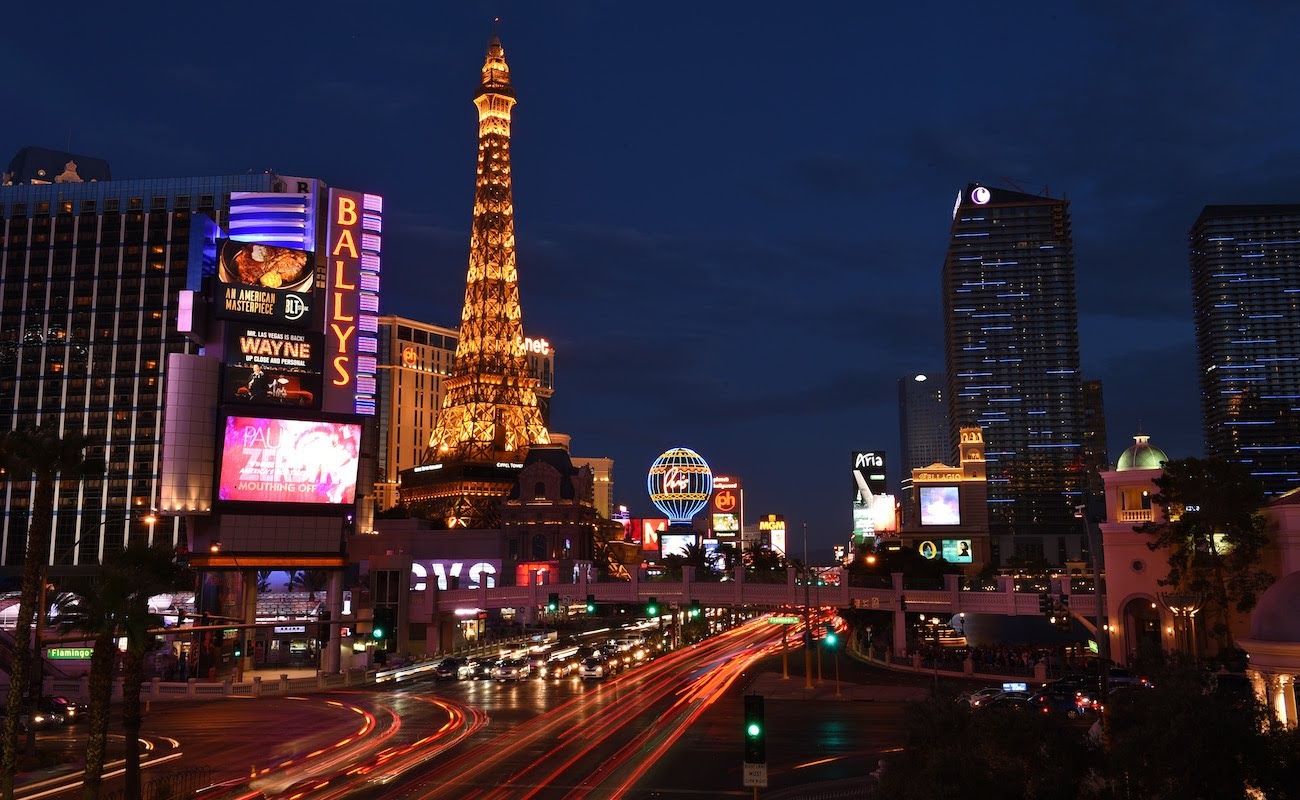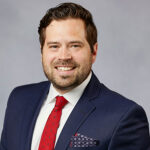Buckle up, turbulence ahead for the Las Vegas economy

Over two years into the pandemic and its recovery, we now face an entirely new set of facts in the macroeconomy as we face a cooling economy and possibly another recession. Previously, loose monetary and expansionary fiscal policies saved the day for many people. The support for government programs to aid unemployed workers and small businesses proved essential during the recovery process. But, now, policy makers must evaluate a completely changed situation. Labor markets are overheating and employers find it difficult to hire needed workers. Moreover, the inflation dragon, which had been chained up for decades, is on the loose and creating anxiety for consumers, workers, and financial markets.
The focus is now squarely on the Federal Reserve (the Fed) and its actions going forward. The UNLV Center for Business and Economic Research (CBER) believes that the Fed figuratively lies between “the rock and a hard place.” The rock is the need to control inflation and the hard place is the possible recession caused by a wrongly calibrated withdrawal of monetary stimulus. As such, the Federal Open Market Committee (FOMC) has embarked on an aggressive strategy to address the inflation rate. Two rate hikes—first 25 and then 50 basis point—have already occurred and 50 basis point increases are on the table for deliberation at future FOMC meetings. Private sector expectations about future interest rate movements have already driven interest rates higher with the yield on the 10-year Treasury bond and 30-year mortgage fixed rates hitting 2.88 and 5.25 percent, respectively, on Wednesday, May 18. In other words, the Fed’s forward guidance is proving effective.
The Fed faces a difficult, some say impossible, task. That is, can the Fed navigate the narrow path to a soft landing (taming inflation without causing a recession)? It is a bit like landing a fighter jet on an aircraft carrier that is too short and in choppy seas. It can be done, but a likelihood exists of shooting off the end of the carrier, aka causing a recession. Current thinking amongst Fed “watchers” places the risk of a recession in the neighborhood of 50 to 75 percent (pick your commentator). The major concern is that the Fed waited too long to start the tightening process and now they are too far behind the curve to generate a soft landing.
Last month, President and CEO of the San Francisco Federal Reserve, Mary Daly, said at CBER’s annual Spring Outlook event that the three things she was thinking about were “inflation, inflation, and (pause) inflation.” She wanted to see a shift in consumer spending from goods (like cars and housing) to services (like retail and vacations) , mentioning that such a shift would ease inflation. That shift is happening. For example, airfares rose 18.6 percent between March and April, which signals higher demand, but higher prices zap spending power. But, that is the point. The one factor in the current inflation episode that the Fed can affect is total spending. They need to reduce it to slow inflation. The Fed can only watch from the sidelines the supply-chain effects as the ongoing pandemic shuts down economies like China, energy and food production shocks, and the war in Ukraine.
What does this mean for Las Vegas and our ‘new normal’? The continuation of higher prices on everything from gas to food to housing to airfare, which signals excess demand in the markets, will over time create a drag on spending, especially as real wage gains are eaten up by price increases. Moreover, the Fed’s policy aims to lower demand as well. How much? Just enough. And there lies the problem. Too little reduction and inflation continues; too much and recession looms. That hasn’t shown up in gaming revenues, which continue to hit record breaking highs as we saw in March. That is good news today for operators and workers.
CBER forecasts that a rebound in visitor volume will continue this year, up 20 percent, but it may cool in 2023 as spending power erodes and rising interest rates go to work in reducing inflation. New sports and events coming to town, like Formula 1, are welcome news, but Las Vegas is still vulnerable to any further disruptions to the U.S. economy. There were still scars in the labor and housing market from the Great Recession even before the Pandemic hit (roughly one in seven persons in Las Vegas are at or below the poverty line) and another recession is not a question of if, but when.
When the economy cools, Las Vegas could end up once again as the metro area with the highest unemployment rate in the country (which is costly to the unemployed workers, but also to our businesses and taxpayers at large). This is in contrast to our neighbors to the south, Phoenix, and the north east, Salt Lake City, who might not even notice the economic bump because they have made serious and large investments over the past 20 years in economic diversification and development. Until we, too, get serious about economic diversification then every time the global economy sneezes, Las Vegas will catch a cold.
Andrew Woods is the director of the UNLV Center for Business and Economic Research (CBER). Stephen Miller, Ph.D., is the director of research at CBER and a professor of economics.

